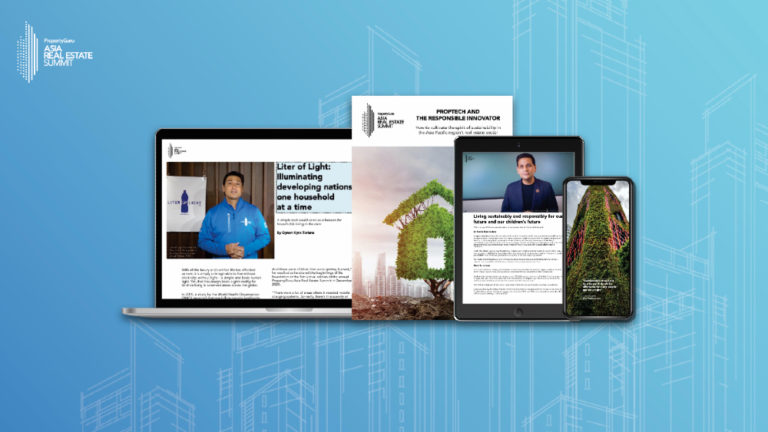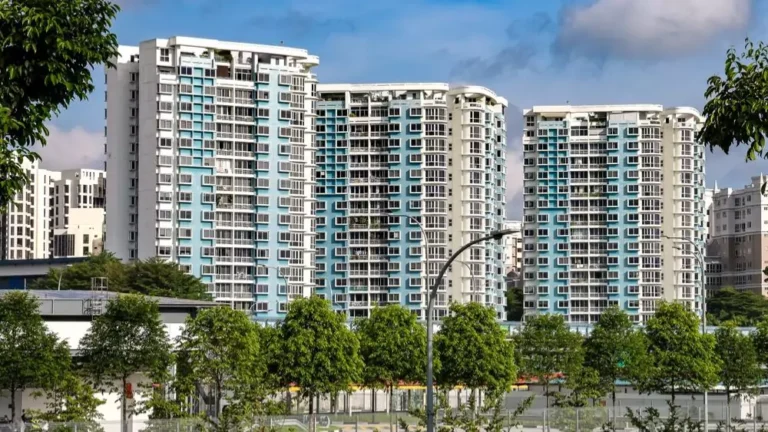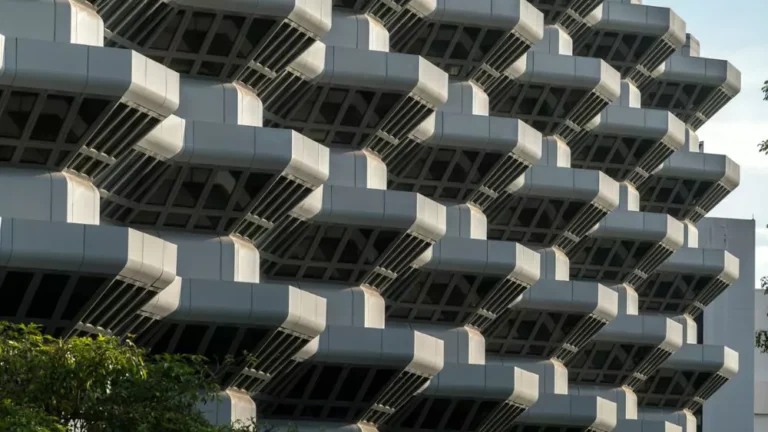Smart building evolution: Nature influences architectural philosophy
Explore the evolution from ‘form follows function’ to nature-centric integration for sustainable and innovative structures

The evolution of architectural philosophy, from Louis Sullivan’s “form follows function” to Frank Lloyd Wright’s integration of “form and function,” underscores the importance of considering the environment, form, function, and human interconnectedness in smart building design. Architects, as described by HMC Architects, are now tasked with creating structures that not only visually delight but also contribute to environmental regeneration, human health, and wellness.
The latest generation of smart buildings goes beyond mere technological efficiency; they are designed with nature as a model. Whole system integration, where building components work in partnership with the environment throughout their lifecycle, has become the standard. Embracing a new social contract with nature is essential for innovation in architecture.
Nature provides a rich source of inspiration for smart building design. For instance, mimicking organisms that use fluids for thermal stability, designers can integrate thermally activated surfaces for human comfort without relying on traditional HVAC systems. By adopting a biological classification approach, architects can create buildings that respond and adapt to their environments, fostering a climate-centric design.
Related: The truth about smart cities: Why they don’t exist yet
The Frontier Project in California serves as an early example of smart building integration, combining passive and active strategies, green roofs, evaporative cooling, and rainwater harvesting. It emphasises a place-based solution with extensive bio-climatic sensitivity, inviting the environment to be a lifelong learning partner in design.
Smart buildings, as discussed by Ugreen, offer numerous benefits, such as energy efficiency, improved comfort, safety, sustainability, and enhanced productivity. However, they also pose challenges, including high initial costs, data security risks, compatibility issues, complexity, and the need for regular maintenance. Overcoming these challenges requires careful planning, training, and expertise from building owners and managers.
In conclusion, the paradigm shift in architectural philosophy towards smart building design reflects a commitment to environmental responsibility, human well-being, and innovative solutions inspired by nature. While challenges exist, the potential benefits make smart buildings a worthwhile investment for a sustainable and technologically advanced future.
The Property Report editors wrote this article. For more information, email: [email protected].
Recommended
Meet the Bitkub CEO turning real estate on its head with cryptocurrency and tokenised ownership
Jirayut “Topp” Srupsrisopa, CEO of Thai crypto exchange Bitkub, is a true believer in the potential of digitised finance
ARES White Paper Volume 3: The era of adaptive reinvention
Pioneering sustainable and innovative practices in urban development
ARES White Paper Volume 2: Unravelling the power of data revolution in real estate
Insights on proptech, smart cities, and sustainable development
ARES Digital White Paper Volume 1: The fundamentals of responsible building
Green and climate heroes join forces to discuss how Asia Pacific can weather the current environmental crises and the looming effects of climate change







